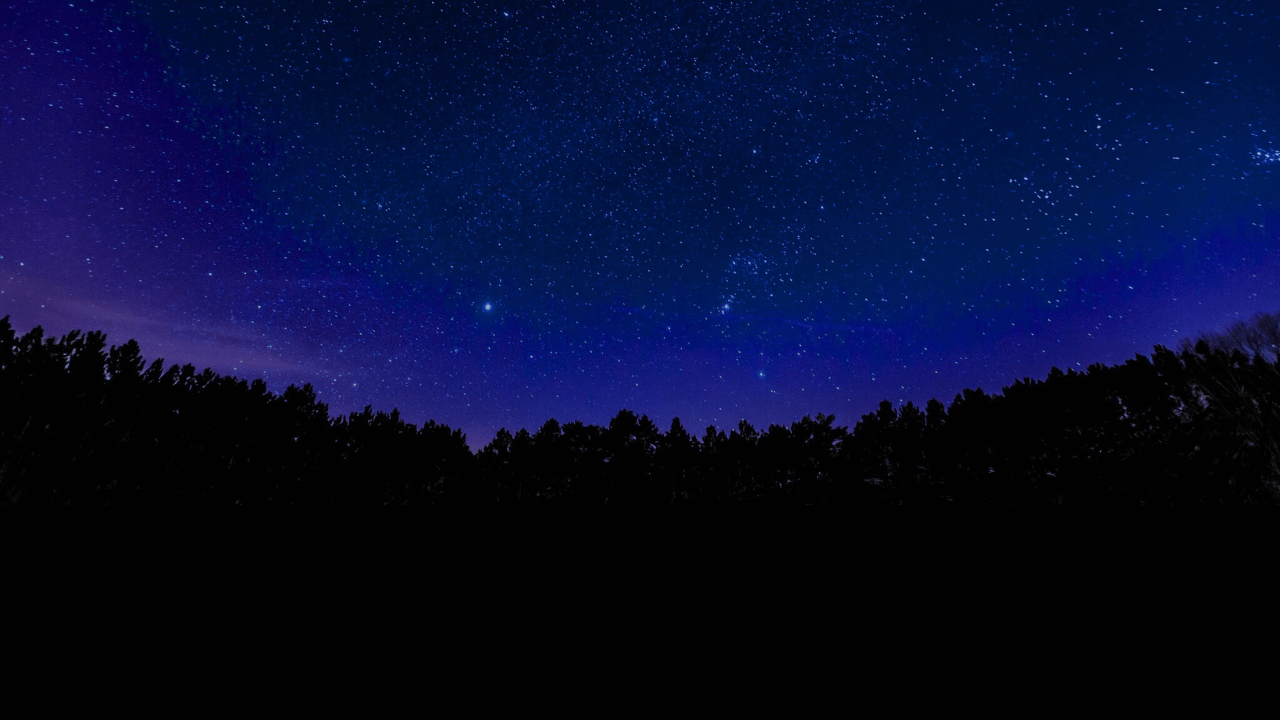Stellar Odyssey: A Journey Through The life Cycle Of Stars
diving deep on the the life cycle of the stars with our amazing writer Reefal Aljuhani
Stars initiate their existence within expansive clouds of dust and gas known as stellar nebulae, situated in the vast expanses between stars. These nebulae, dynamic and visually captivating, give rise to celestial wonders like the Butterfly Nebula, the Bubble Nebula, the Cat's Eye Nebula, and the Human Eye Nebula. Despite their distinct appearances, they share common elements: space dust, hydrogen, helium, and plasma.
The mass harbored within these nebulae serves as a pivotal factor in determining the type of star that is born. This mass significantly influences the entire lifecycle of the star, impacting the moment it will eventually fade away. Moreover, the potential for a star to transform into a black hole hinge on its mass.
The interconnection among these celestial elements follows a fascinatingly straightforward trajectory. If stars commence their cosmic journey with substantial mass, they shine brightly but undergo a relatively shorter lifespan. Conversely, a star beginning with a smaller mass, potentially not even reaching the main sequence, endures for a more extended period. The cosmic narrative takes an even more captivating turn when a massive star collapses, potentially leading to the birth of a black hole or a neutron star. This phenomenon occurs as a black hole forms from a colossal mass collapsing into its core, and a neutron star emerges through a comparable process.
Transitioning to the concept of main sequence stars, these are stars actively fusing hydrogen into helium within their cores. These nuclear fusions occur deep within the stellar cores, constituting about 90% of a star's lifespan. Noteworthy main sequence stars include our sun, which is approximately 5,000 million years into its 10,000-million-year main sequence phase, as well as Sirius and Alpha Centauri A and B.
Although these stars are some of the brightest in our view, they lack the mass to be categorized as giants, supergiants, or hypergiants. Imagining the mass of these colossal stars, consider multiplying the sun's mass by a thousand and it still wouldn't match the scale of the five largest stars. UY Scuti, a hypergiant star located around 9,500 light-years away near the center of the Milky Way, takes the crown as one of the largest stars in our galaxy if you are unable to imagine the distance remember how fast light is than think that something these fast needs 9.500 years to go their This celestial voyage through the cosmos underscores the immense scale and wonders that unfold in the limitless expanse of the universe, inviting us to marvel at the cosmic.




